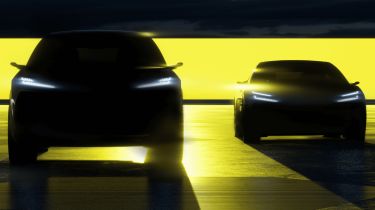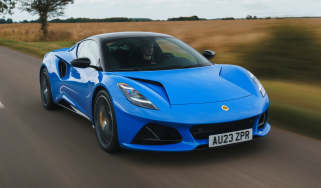Lotus reveals LEVA lightweight electric sports car architecture
The new LEVA architecture will form the basis of three new Lotus electric sports cars – the most powerful of which will have up to 870bhp
Lotus has revealed an important new component for its next-generation all-electric sports cars. Called LEVA (Lightweight Electric Vehicle Architecture), it’s an electrified rear subframe that will be incorporated into the E-Sports platform due to underpin a new Lotus sports car arriving in 2026, as well as the next-generation Alpine A110.
LEVA can be built in three configurations (examples given being a small two-seat sports car, a two-seat sports car with a longer wheelbase, and a 2+2) housing either a single or dual electric motor setup. It’s suitable for batteries ranging from 66.4kWh in size to 99.6kWh, with a “chest” battery mounted vertically behind the cabin, or a 66.4kWh “slab” battery mounted horizontally under the floor.
The smaller two-seat sports car given as an example has a wheelbase of at least 2,470mm (which is around 100mm shorter than the Emira), and is powered by a single electric motor with an output of up to 469bhp.
Lotus’s larger two-seat sports car will measure more that 2,650mm between the shock towers, and it’ll be powered by a much more potent 650kW (or 872bhp) twin motor electric powertrain. The 2+2 model will have similar dimensions, but it’ll be available with either the single or dual motor setup.
The one-size-fits-all rear subframe will be made from a die-cast high-strength aluminium alloy developed by Brunel University London – and Lotus says it’ll be 37 per cent lighter than the unit fitted to the V6-powered Emira. In true Lotus fashion, the rear wheels will also be fixed to the structure with double wishbones, which will keep the tyres on the tarmac better than trailing arms or a torsion beam.
Richard Moore, Executive Director of Engineering at Lotus, said: “Project LEVA is as revolutionary now as the Elise architecture was in 1996. In true Lotus spirit, significant weight savings have been achieved throughout, with a focus on ultimate performance, efficiency and safety being engineered into the structure from the outset.”
What do you make of Lotus’s new electric architecture? Let us know in the comments below
Find a car with the experts









